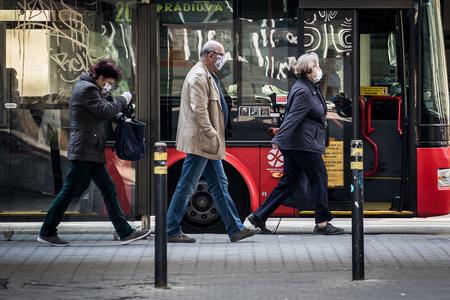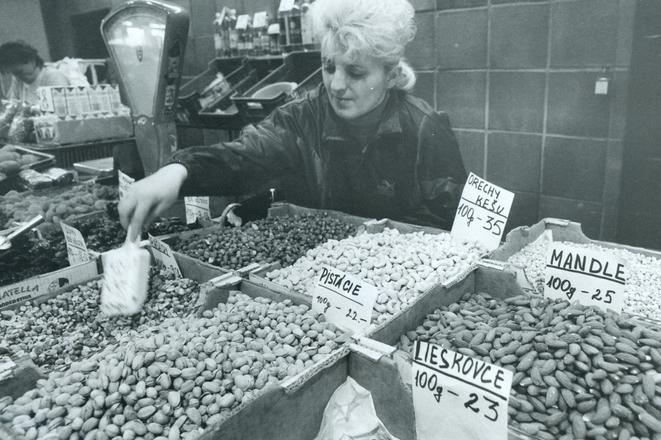The shopping experience has improved significantly since the Velvet Revolution, found an analysis conducted by Wood & Company, spanning three decades since the Velvet Revolution in Slovakia.
In today’s day and age, people living in Slovakia have far more options. Wood & Company reported that shops take up 3.74 million square metres in Slovakia or 0.69 square metres per resident, according to information from the Statistics Office. In 1993, shops only took up 0.93 million square metres or 0.18 square metres per person.
Towards the end of the 1990s, foreign franchises started expanding their operations into Slovakia, bringing supermarkets and hypermarkets to the country. At the beginning of the new millennium, Slovakia’s first of many modern shopping centres arrived in Bratislava.

Buying more
“Over the last several decades, shopping centres have not only become a place where people can do their shopping but a source of experience - a source of fun, culture or gastronomy, all under one roof," Wood & Company analyst Eva Sadovská wrote in a press release. "They are an inseparable part of not just Bratislava, but of provincial cities as well."
Not only can Slovaks do more when shopping, but they can also buy more. Accounting for inflation, Wood & Company found that real salaries in Slovakia increased from their 1989 levels just in the years 2007-08. Wages only ever went down after the revolution, and solely as a result of currency devaluation and strict reforms. Current real wages are about 35 to 40 percent more than in 1989.
Under the planned socialist economy, unemployment was virtually non-existent whereas, for Slovakia in the 1990s, it was almost omnipresent. However, just before the pandemic (2019 and early 2020), unemployment numbers sank below 5 percent, a historic low for Slovakia. Throughout the pandemic, they peaked at 8 percent, Wood & Company reported.
Cheaper foodstuffs now
The company also compared average nominal wages from 1989 (3,142 Czechoslovak Crowns) and the average Slovak wage for the first semester of 2021 (€1,163) with prices of goods and services at the time to compare how long people worked to purchase those goods and services with how long they work now.
The company found that most foodstuffs are cheaper for Slovaks than before. Clothing and shoes have also become more accessible. Goods intended for long term use, such as televisions, have become considerably cheaper. Refrigerators, for example, are five times cheaper for workers in Slovakia than they were 30 years ago. Automobiles are almost twice as cheap.
This study, the company warns, does not take into account the regional differences in Slovakia. In comparison with the provinces, Slovakia’s capital Bratislava enjoys the lowest unemployment and the highest wages, which also reflect increased purchasing power for its residents. The area around the capital also has the highest concentration of shops and shopping centres along with the largest volume of transactions in the country.


